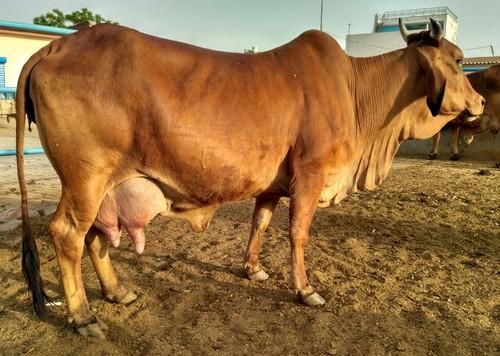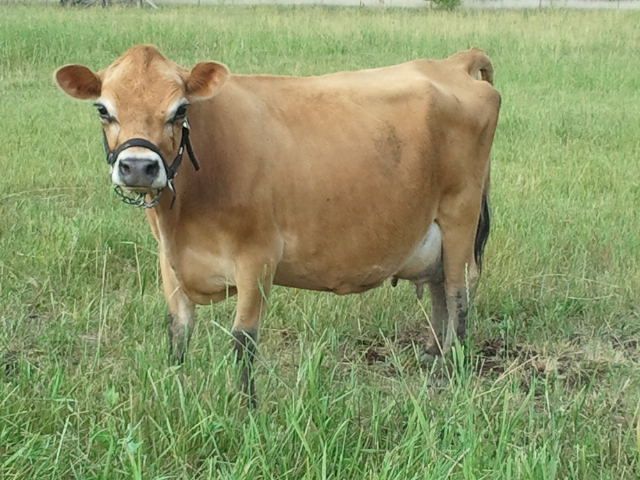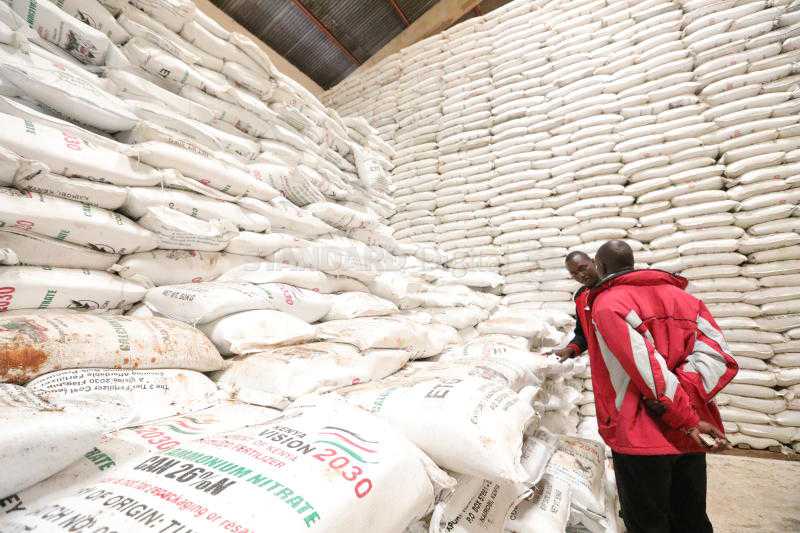Farmers in dry areas such as Marsabit, Garissa and Turkana are advised to keep Sahiwal and jersey cow breeds which can tolerate harsh weather while at the same time producing at least 25 liters of milk compared to traditional breeds such as zebu that give five liters maximum.
According to the Kenya Agricultural and Livestock Organization dairy researcher Samuel Tangus, greater proportion of dairy farming is shifting towards low rainfall areas hence change in production cycle.
Last year, for instance farmers in Marsabit lost 60 per cent of their cows due to drought that started in 2016 and persisted to 2017. The drought has left more than 3.4m Kenyans staring at starvation according to the Food and Agriculture Organization as 80 per cent of residents in dry areas depend on livestock to sustain their livelihoods.
Related
Sahiwal breed earns Meru farmer more profit
Nairobi Company launches mobile app to help dairy farmers maintain records
Farmers milking money from dairy farming in West Pokot
Sahiwal
Sahiwal is adapted to diverse climatic conditions hence suitable in semi-arid areas. The average maturity weight is 425 kg. At first calving, the mother is usually between 30 to 46 months. It can produce 1574 kg of milk in 393 days lactation period. Milk from Sahiwal cows has high butterfat content.

Sahiwal cow
Sahiwal/Friesan cross
It is Suitable for milk production in the dry areas. Its average milk production is 10 liters per day (2500 liters during the entire lactation period) but if well fed this cow can produce 25 liters per day. Sahiwal has a fast growth rate: they wean at 3 months, heifers are served at 340 kg (22-24 months).
Jersey Cattle
The jersey cows has feed requirements are lower when compared to other breeds as it can eat half of what Friesian cows eat but still produce the same amount of milk as Friesian.Her average mature weight is 450 kg and can produce 6800 kg of milk under optimal conditions

Jersey cow
To enhance production, Tangus advises farmers to feed on the cows on maize germ, poultry waste, dairy mineral lick, lucerne hay, napier grass, boma Rhodes and desmodium.
According to the Kenya Dairy Board, the country’s dairy sector contributes eight per cent to Kenya’s gross domestic product with an annual estimated milk production of 3.43bn liters per annum from 4.3m cattle population.
The sector is recording an annual growth rate of 4.1 per cent compared to 1.2 per cent of agriculture.
Smallholder farmers make up 80 per cent of the total dairy producers producing 56 per cent of the total milk production in the country.
Write comment (11 Comments)




 Trader delivering her tomatoes to the market. Poor roads remain the single largest barrier between millions of small-scale farmers and the marketplace. Photo: Denish Ochieng'.
Trader delivering her tomatoes to the market. Poor roads remain the single largest barrier between millions of small-scale farmers and the marketplace. Photo: Denish Ochieng'.










